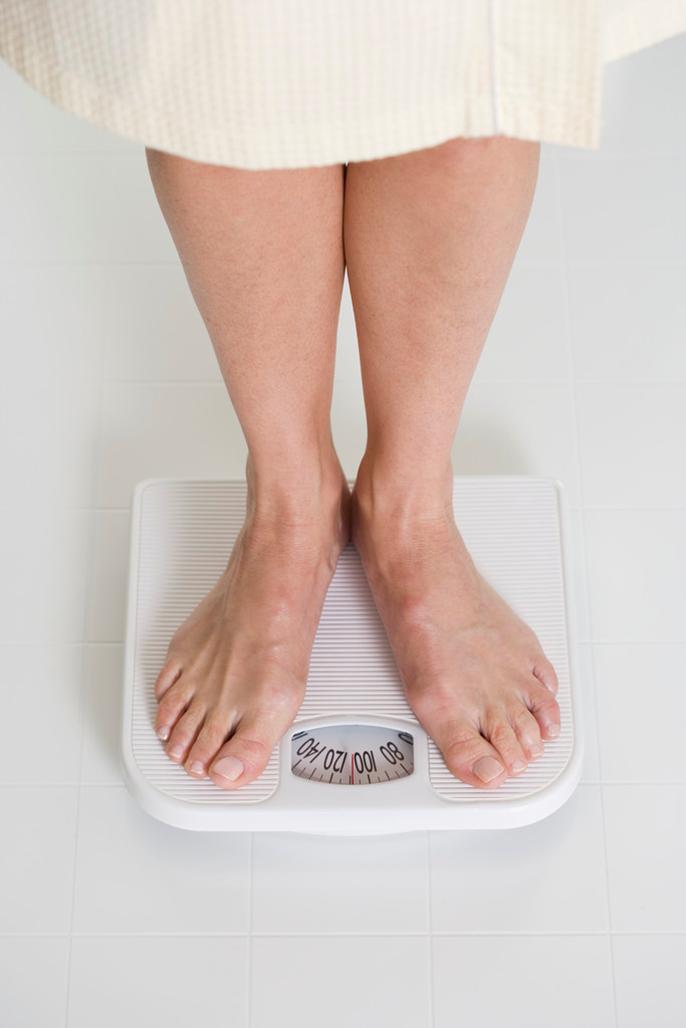
A three-part look at our worsening obesity epidemic
Introduction: The Obesity Epidemic as a Medical Problem

When I reached my 50s I started to notice gradual changes to my skin, my hair and even my body shape. While I was aware that my miniskirt days were some way behind me I wasn’t quite ready for the elasticized pants either, so I went online for some websites to see what ‘looking good’ over 50 meant these days. As we boomers know websites there are aplenty for our ageing cohort and I found several great sites with hair and makeup tips, style forums, shopping ideas and more. But as I browsed through diverse topics ranging from buying chic yet comfortable shoes to beating incontinence, I was struck by a different subtext – and that was the number of women who casually mentioned being overweight. This got me thinking about a topic which has long concerned me and that is the dangerous ‘normalization’ of one of the most serious health concerns in today’s society.
First up I want to say that I’m all for women feeling comfortable in their bodies and not feeling tyrannized by largely male-generated advertising images – and as a successful female professional I have always loved the power and strength that women possess. However this gets to the heart of my discomfort. As a doctor and as a woman it genuinely pains me seeing women as they age trading active, strong, healthy bodies for increasingly overweight, immobile and unhealthy bodies – as if it were perfectly normal.
We all know there are people who are naturally larger-proportioned or people who are overweight but perfectly healthy, and certain ethnic groups and even families who tend to be overweight. However the problem is that as we age, being significantly overweight has an impact on our health far beyond any ideas of being ‘curvy’ or ‘generously-proportioned’. During my intern years I noticed that elderly patients who presented for surgery were rarely significantly overweight. It wasn’t that they were less healthy, quite the reverse, it meant that a large proportion of really overweight people hadn’t made it that far.
In China where I live it is unusual to see someone who is very overweight and like most expats when I return home I’m shocked at how big we’ve become. While there are no doubt some genetic factors in play, one major difference is what and how the Chinese eat and the amount of exercise they get. In my neighborhood it’s common to see older people out walking, taking part in communal dancing or tai chi, or exercising in one of the small parks set up in each municipality for this purpose; in addition many older people still ride their bicycles, even in the chaotic Shanghai traffic, and it’s very common to see them peddling serenely along with a bagful of eggs or greens slung over the handlebars.
The Chinese although renowned for enjoying their food also believe in not overeating and at banquets will generally stop eating  before most Westerners do, and it’s not uncommon for women (and men) to carefully watch what they eat to avoid “getting too fat” . Meals are usually based around vegetables with small amounts of meat or fish, and ‘fast food’ until recently has meant a couple of steamed dumplings or a bowl of noodles. If Western food is on offer most Chinese will indulge in a far smaller amount than we would, and portion sizes of these foods are also smaller – thankfully ‘supersizing’ has yet to arrive here. Tellingly it is now the teenagers with their increased intake of energy-dense aspirational Western food and sedentary lifestyles who are steadily becoming obese, a clear message if ever there was one that while some genetic factors may be in play, the double whammy of too much food and not enough exercise affects even traditionally slender populations.
before most Westerners do, and it’s not uncommon for women (and men) to carefully watch what they eat to avoid “getting too fat” . Meals are usually based around vegetables with small amounts of meat or fish, and ‘fast food’ until recently has meant a couple of steamed dumplings or a bowl of noodles. If Western food is on offer most Chinese will indulge in a far smaller amount than we would, and portion sizes of these foods are also smaller – thankfully ‘supersizing’ has yet to arrive here. Tellingly it is now the teenagers with their increased intake of energy-dense aspirational Western food and sedentary lifestyles who are steadily becoming obese, a clear message if ever there was one that while some genetic factors may be in play, the double whammy of too much food and not enough exercise affects even traditionally slender populations.
As a doctor I believe we are contributing to a terrible lie if we let our patients believe that it is okay to be overweight as if this was somehow a good choice. If someone you knew was struggling with issues such as drinking too much, gambling, or any other problem which threatened their health or wellbeing you’d naturally want to step in to help them. Why then should overweight be any different with its host of co-morbidities such as metabolic and endocrine dysfunction, cardiovascular disease, joint problems, mobility problems, esophageal reflux and sleep apnea? With this in mind, overweight is now recognized as a complex medical condition and the American Medical Association has recently classified overweight as a disease, such is its healthcare burden.
Being significantly overweight has become a health issue beyond the realm of aesthetic or moral judgment. Chillingly, for the first time since industrialization, we are looking at the next generation living shorter lives than ours due to being massively oversized. Healthcare systems in all developed countries are now under enormous pressure to deal with the massive costs due to overweight and obesity, as research uncovers increasing evidence that being too fat involves metabolic, inflammatory, and endocrine changes which seriously impact our health and longevity.
What is increasingly clear is that the simple ‘calories-in, calories-out’ model is no longer adequate and doesn’t explain why it is so hard for many people to lose weight and keep it off. New evidence suggests a more complex model with a negative feedback effect of increasing obesity and worsening health compounding each other, making this issue a medical one rather than simply a question of willpower or personal choice.
This new understanding will hopefully pave the way for health professionals and the general public alike to approach this issue in a factual, empathic and non-judgmental manner and thereby allow for meaningful measures to address this serious and life-threatening consequence of modern life.
In next month’s article I’ll discuss the physiology of overweight in more depth and talk more about current issues in weight management in the light of the latest research and findings.
————————————————————————
Dr Sheena Burnell is an Australian-trained doctor currently living and working in Shanghai, China. Her primary training is in anaesthesiology however she is also trained in cosmetic medicine which she has mainly practised since coming to China. Her latest role is Director of Asia Healthcare Consultants, a boutique consultancy specialising in introducing Australian healthcare companies to the China market. She is also a wine educator and a noted specialist on Chinese textiles.
See: Overweight people are discriminated against and now a few are fighting back using art.

Recently we took a family cruise. We had been on cruises two other times in the course of nine years. What I noticed immediately, was the number of really “large” people – more noticeable than our previous cruise five years ago. Out of 2800 passengers, I would say, more than ten percent were significantly overweight to obesity. I found it appalling as they filled “platters” with food, might eat half, then walk away to another food section. My daughter could not believe when these same passengers would take the elevator one floor vs. walking the steps. I know that twenty pounds would be a good goal for me to lose, but I cannot imagine two hundred pounds to shed. And, as I watched the eating patterns of these fellow passengers, it was obvious this was not a “illness” but a choice in eating habits. I wondered what the staff who was composed of mostly internationals from countries where food was scarce thought of this gluttony wasteful behavior.
Patricia I think you’re really nailed the main source of overweight and that is however we want to dress it up, we just plain eat too much and eat too much of the wrong foods in our society. I have never seen such gross overeating in Asian countries and gigantic people like those you describe simply don’t exist here. While science is now realising that for some people it’s a bit more complex, ALL weight loss programs have reduced food intake as their core and unless someone has some very rare metabolic disorder, if we don’t overeat we don’t gain weight, it really is that simple.